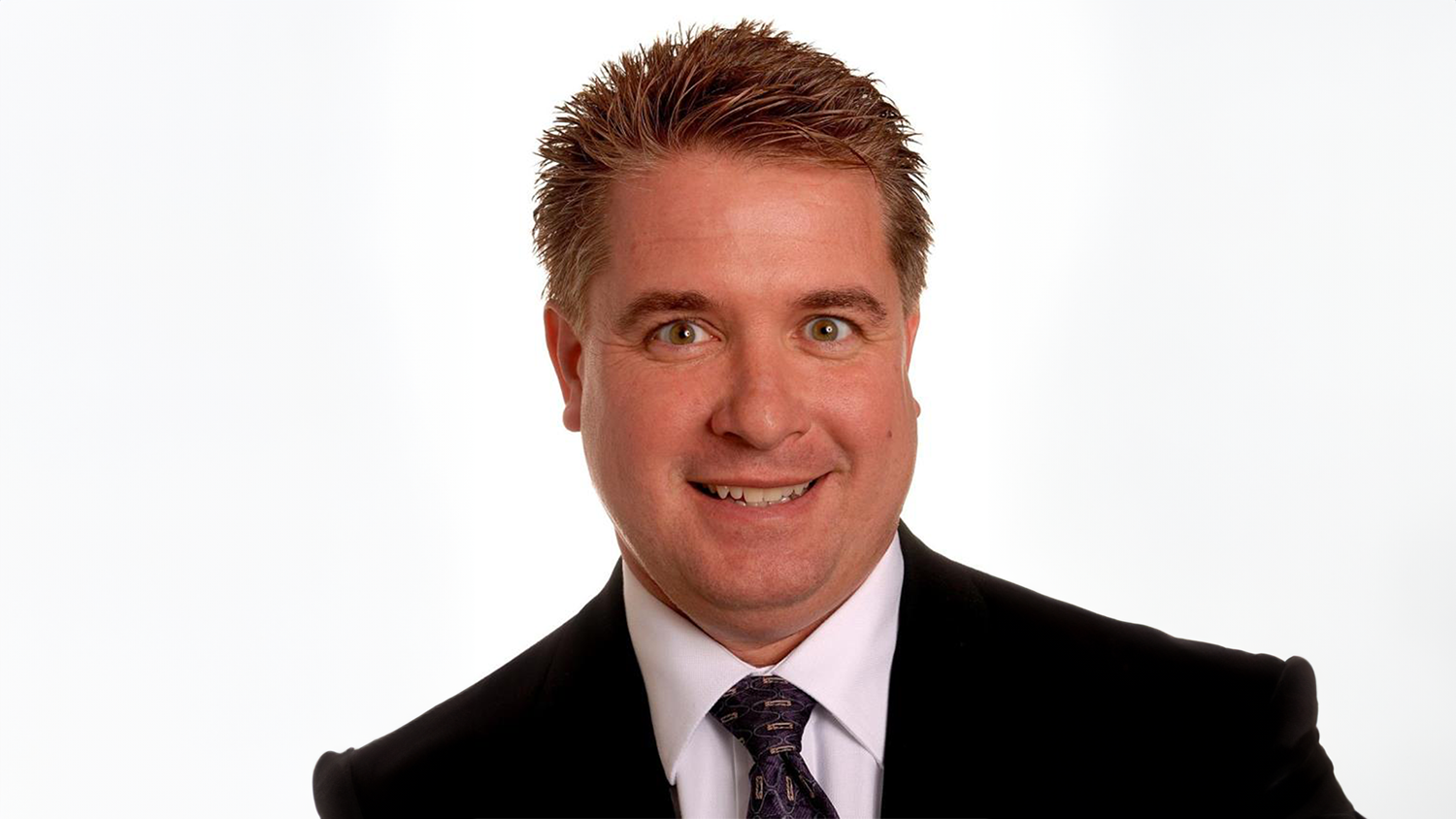McCreery Helping Hospitals Improve Efficiency, Profitability
Researchers at NC State University’s Poole College of Management and NC State’s Industrial Extension Service have teamed up with the NC Office of Rural Health and Community Care and the NC Hospital Association to study how implementing lean health care can impact their operations. Their goal: to help North Carolina’s hospitals become more efficient and effective, and for rural hospitals to become more profitable.
“Health care must become more efficient and productive, while also increasing the quality of patient care,” said Dr. John McCreery, associate professor of operations and innovation management at Poole College and its Jenkins Graduate School. “Applying lean health care concepts and strategy is a great way to get there.” Lean health care utilizes aspects of the Toyota Production System and modifies it to fit the health care environment.
Working with McCreery are Dr. Lukasz Mazur, senior engineering extension specialist with NC State’s Industrial Extension Service, and Dr. Lori Rothenberg, associate director for extension education and quality programs in NC State’s College of Textiles
At the Feb. 7, 2011, NC State Emerging Issues Forum in Raleigh, N.C., Mazur told a packed room of health care officials, physicians and consultants that, while improving operating systems with lean principles is nothing new, applying this approach to health care is fairly new.
Getting More Hospitals On Board
McCreery, who has worked in the medical field as a biomedical engineer and now as a health care performance improvement researcher, likes seeing lean health care starting to take hold in North Carolina. Currently, 11 rural hospitals in western and eastern North Carolina along with two large Raleigh hospitals employ lean health care practices. But many rural hospitals lack the funds to launch lean initiatives, he said. “Rural hospitals need to pool their resources, and then get support from state and federal government agencies in order to make it happen,” he said.
How Lean Healthcare Works
Laura J. Easton, president and CEO of Caldwell Memorial Hospital, Inc., in Lenoir, N.C., is an early adaptor of lean health care. Applying lean health care concepts has made the 110-bed hospital more efficient, and that, ultimately, helps her rural community to prosper, she said. “In our small, western North Carolina, our hospital is the third largest employer. An efficient, high-quality hospital ensures that new industry comes to the community and that we retain the industry we already have,” she added.
Easton suggests thinking of lean health care as a strategy tool “Through itemizing each procedure you see how much time is wasted. It’s quite startling. But then you begin de-cluttering the environment, organizing better, and removing any redundant and time consuming steps,” she says.
Implementing lean health care begins with employees working with a Lean Facilitator to map out the current processes throughout the hospital. Once specific hospital areas are targeted, employees work in small teams to create flow charts with Post-it notes showing how daily procedures progress.
Caldwell Memorial is now in its third year using lean health care, with great results, Easton says. The hospital now takes roughly 15 minutes less time to prep, perform and clean up after its surgeries. “This might not sound like a huge time savings, but when you consider our hospital performs 30 surgeries a day, seven days a week, this provides more than one hour of extra surgical suite time, daily,” she says.
The hospital also is saving money. For example, a small waiting room beside the surgery suite needed a full renovation and expansion, potentially costing the hospital millions of dollars. But reducing surgery prep time also reduced the amount of time the patient spent in the interim room, reducing the number of people needing to use the waiting room.
How Lean Healthcare Helps Over Time
During a breakout session at the Emerging Issues Forum, physicians stressed that all staff, not just the leadership team, must embrace lean health care, and employees must implement the resulting changes.
When mistakes occur, lean health care teaches staff to stop and to evaluate precisely what went wrong. Then workers establish why the mistake occurred and create alternative procedures. For example, one attendee recalls that at a Seattle hospital where lean health care has been applied, workers had trouble in an emergency seeing which room in a long hallway had the patient needing assistance.
The workers decided that a flashing light, like one puts on a bicycle at night, attached to the patient’s door would instantly direct staff to the emergency scene. “That became practice at this hospital,” the attendee says.
Changes such as this, accumulated over time, result in significant improvements and give hospital employees the sense that they can modify their working environment to deliver better patient care, McCreery said. “This sense of empowerment is vital to any organizational change,” he added.
McCreery and his research colleagues have presented their work at various health care conferences and are currently writing up their findings for publication. “There is an active research community in health care performance improvement, and it will take everyone’s best efforts to help create change,” he said.


